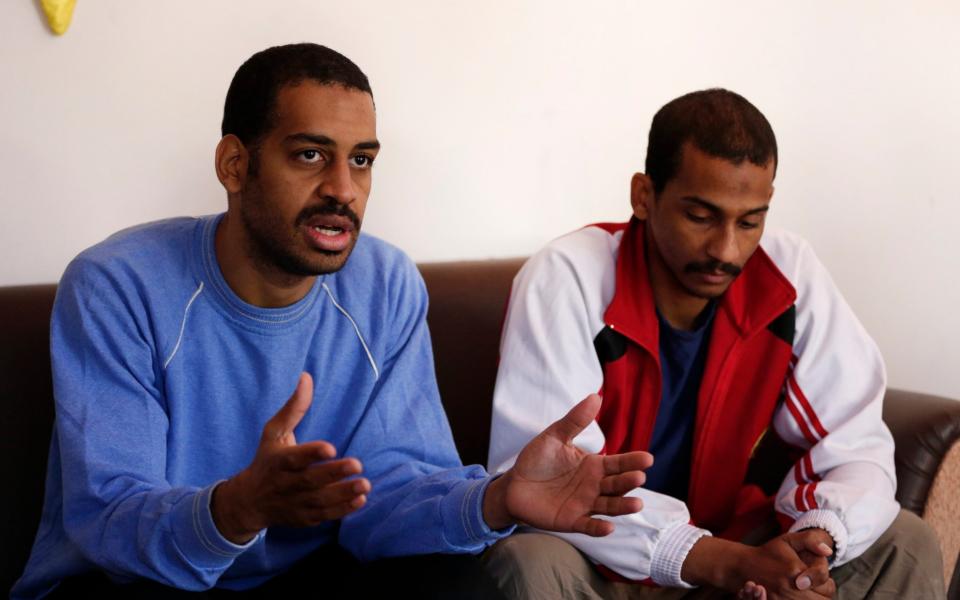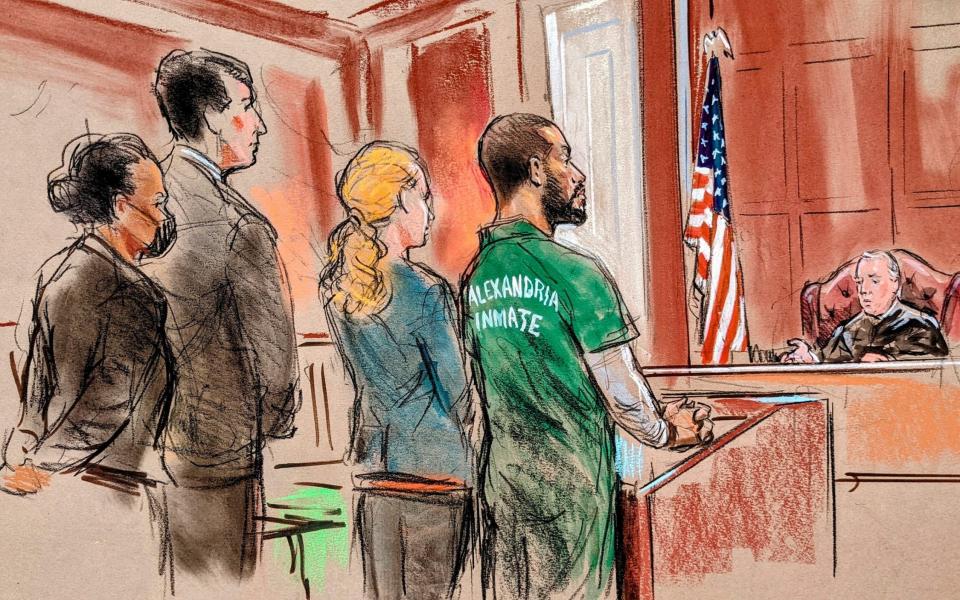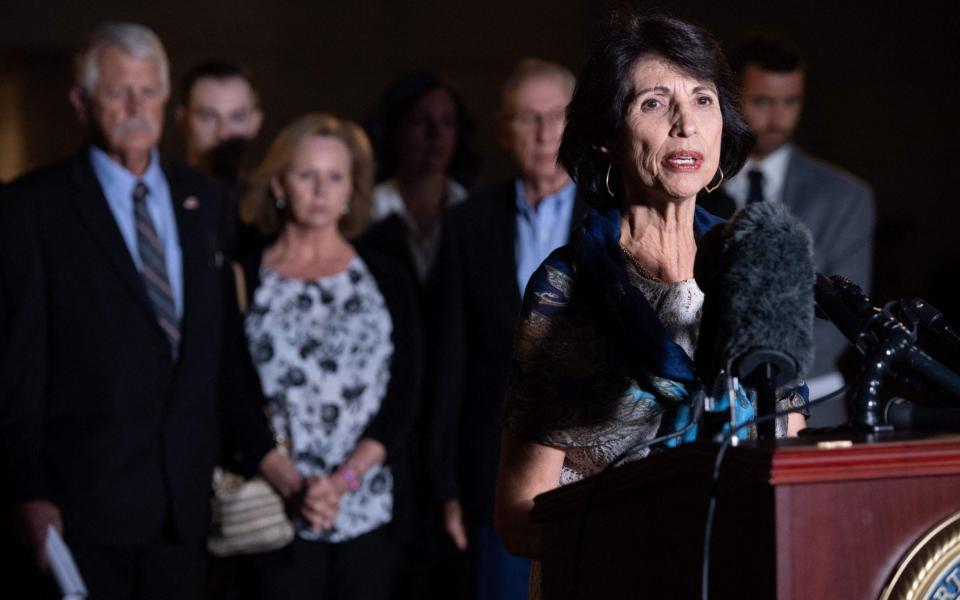Hostage's breadcrumb of evidence helped police name IS 'Beatles'

Two members of the Islamic State “Beatles” terror cell were identified after one of them boasted about being arrested at a protest against a far-Right march years before, counter-terror police have revealed.
Alexanda Kotey and El Shafee Elsheikh were part of the so-called Beatles group behind the kidnap of at least 27 people in Syria, including aid workers and journalists who were later executed in IS propaganda videos.
Kotey was handed eight life sentences in the US in April for his part in the torture and murder of American hostages, while Elsheikh will be sentenced on Friday over his role in the plot.

On Wednesday, counter-terrorism chiefs at the Metropolitan Police revealed how they drew together tiny jigsaw pieces of the evidence to identify the pair and link them to a third Beatle, Jihadi John - also known as Mohammed Emwazi - who executed their hostages.
The "very significant" breakthrough came when one of the freed hostages told officers they had heard one of the men mention being arrested at an English Defence League (EDL) march in London.
Investigators discovered that Kotey and Elsheikh had been detained on Sept 11 2011 when supporters of Anjem Choudary, the hate preacher, clashed with thugs from the EDL near the US embassy in Mayfair.
The pair were part of a group arrested on suspicion of involvement in a stabbing at the march, but had been released without charge.
Cdr Richard Smith said the snippet of conversation, recalled by the hostage, was “invaluable in helping us zero in on them as being the men the hostages had described to us”.
Police officers had taken footage of the two men at the demonstration and, after their arrest, their fingerprints were taken and they were interviewed.
The evidence showed that they had been “associates for some time” before travelling to Syria, and they were also linked to IS executioner Emwazi.
His identity was proven after footage of police interviews over a spate of London bike thefts in 2012 was forensically compared with the voice of the masked militant in footage of the execution of James Foley, the American photojournalist, and other victims.

In 2014, messages from Elsheikh were discovered by police after his brother Khalid had his phone seized in a firearms investigation. Pictures showed Elsheikh in combat gear and holding a gun, while another was taken next to decapitated heads.
Kotey and Elsheikh were captured by the Syrian Democratic Forces in January 2018, following the collapse of IS’s “caliphate”, while Emwazi was killed in a targeted US drone strike in 2015.
They were prosecuted in the US following lengthy legal wranglings between the American and British governments after the UK said it could not prosecute them. Both have been stripped of their British citizenship, preventing their return to the UK.
Although the Government said there was insufficient evidence to prosecute through 2016 and 2018, by 2021 police presented a dossier to the Attorney General - who authorised 139 charges against Kotey and Elsheikh for offences including conspiracy to murder and hostage-taking.
Mr Smith said: "This was a remarkable investigation where really determined and highly skilled officers and staff pieced together and unearthed tiny fragments of information gathered from isolated events that occurred years earlier and thousands of miles from where the offence took place.
"They were able to piece these fragments together and the sum of their parts was significant evidence which helped bring these men to justice."

 Yahoo Movies
Yahoo Movies 